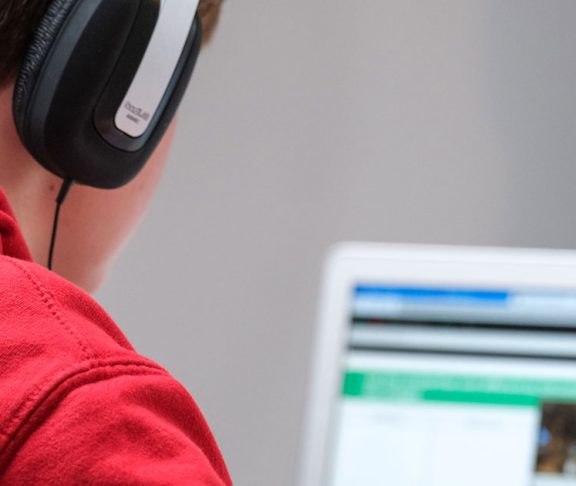
Jean-Claude Brizard
President and CEO, Digital Promise
The COVID-19 pandemic is the largest education crisis of the last century. While many are rightfully worried about interrupted learning and students who have experienced tremendous trauma, there are some bright spots that have staying power when learning returns to normal.
While there was previously a push to give students access to technology in and out of school, the pandemic accelerated these efforts. We now have great examples of how to properly close the digital learning gap and provide students with internet access and technology using public/private partnerships.
For example, we at Digital Promise have partnered with Verizon on the Verizon Innovative Learning Schools initiative to provide devices with monthly data plans to students and teachers at select under-resourced schools across the country.
In addition, teachers have experienced the power (and challenge) of synchronous and asynchronous teaching and learning. Enhancing digital curriculum and ways to connect intervention, just-in-time assessment, and pedagogy will take a stronger hold. Online teacher professional development opportunities will likely continue to grow now that teachers have experienced it out of necessity.
In 2020, we saw a significant increase in teachers earning micro-credentials, or digital certifications that can be earned once a skill is proven. State departments of education are recognizing these earned micro-credentials through salary increases and career advancement opportunities, and we expect to see even more in the future.
Wellness
A lot of attention has also been focused on student and teacher well-being. There is greater awareness of the importance of designing schools and systems with a whole-child approach, along with greater demand for understanding learner variability; the idea that all students differ in how they learn. Tools and technologies that can address trauma and social emotional learning will continue to be part of the work we do as educators, technologists, and learning and developmental scientists.
Parents have had a once-in-a-lifetime view of the classroom and many will still want this access. We expect to see more tools for communication with parents, as well as learning management systems that provide more access and agency to students as they manage their own learning.
The pandemic gave us a clear view of the connection between education, healthcare, housing, and the many other systems that support positive student outcomes. With all sectors working together, we can come out on the other side with a few key strategies that may just stick around when COVID-19 is in the rearview mirror.

